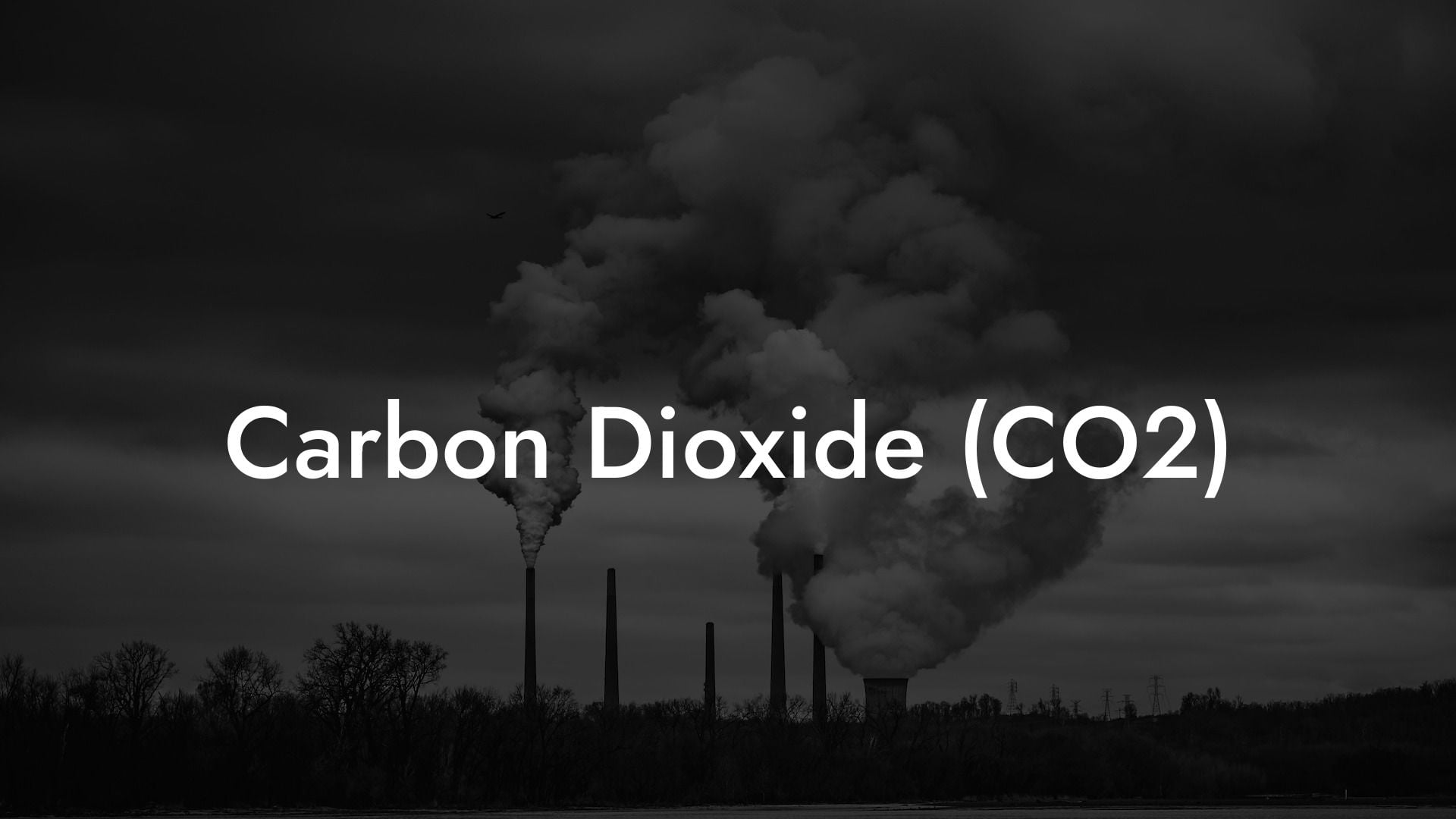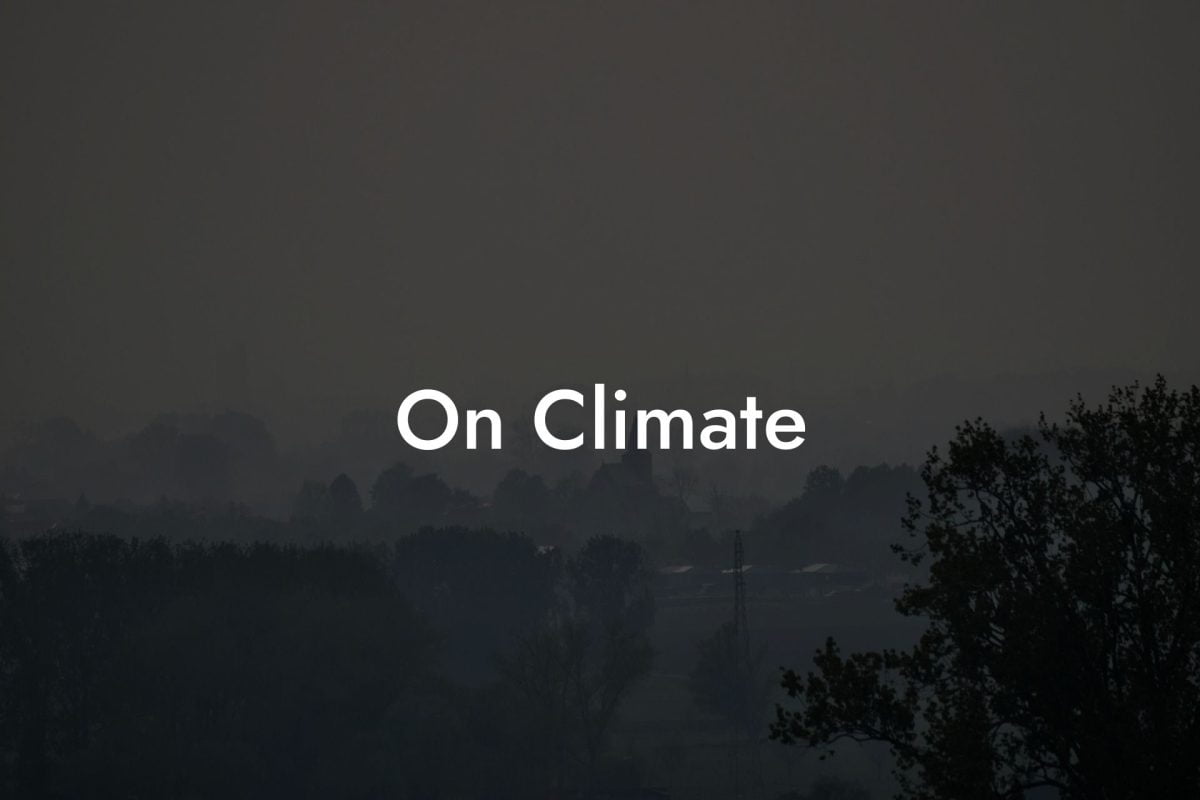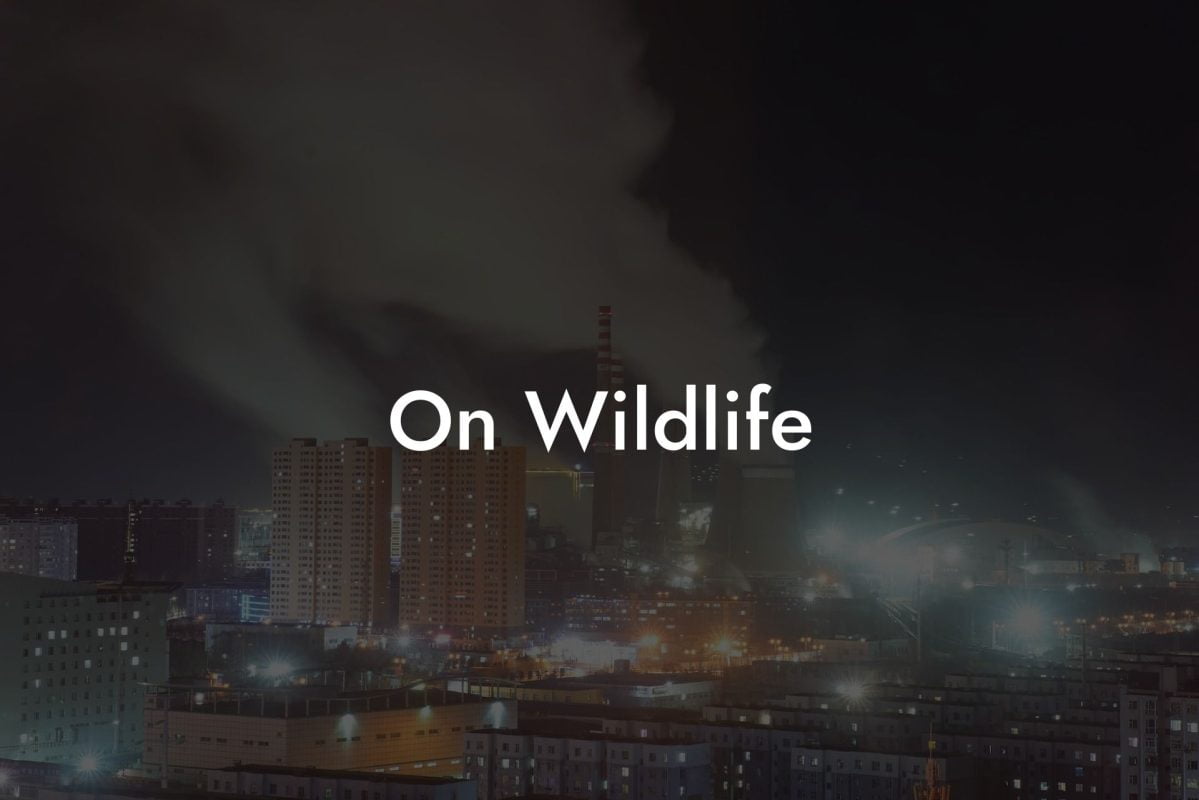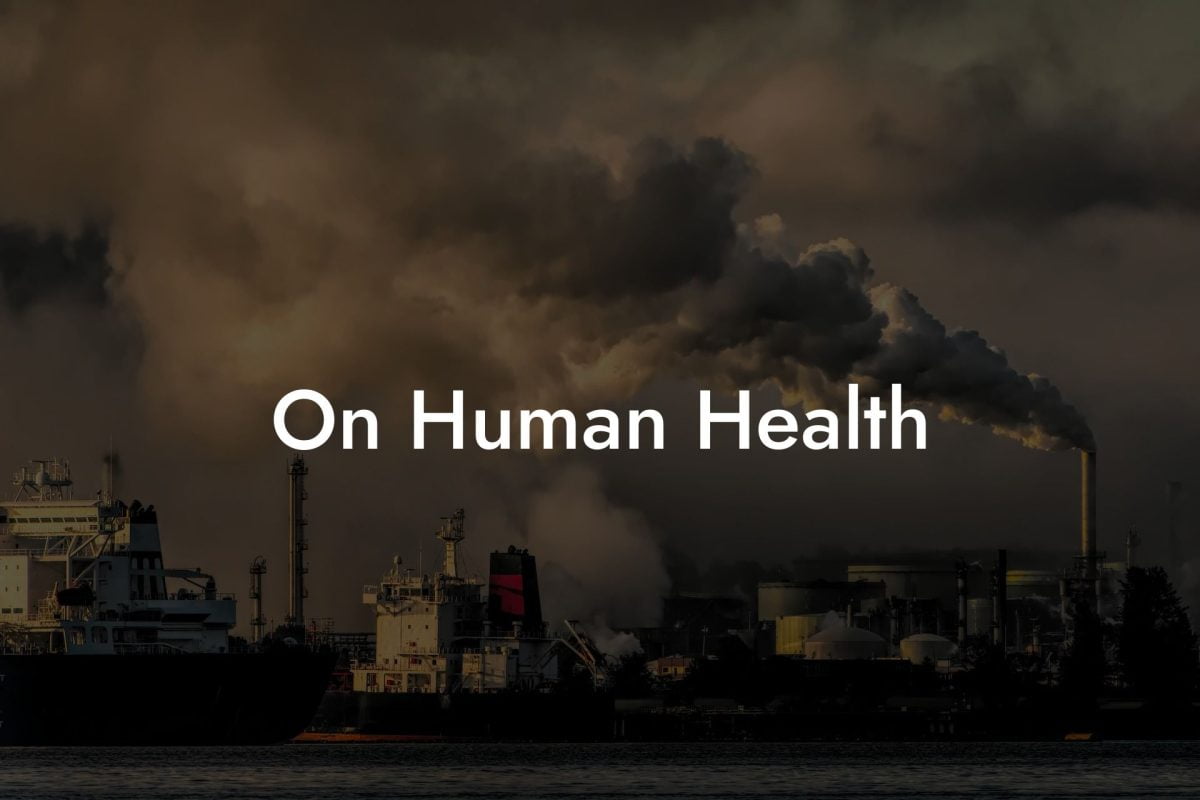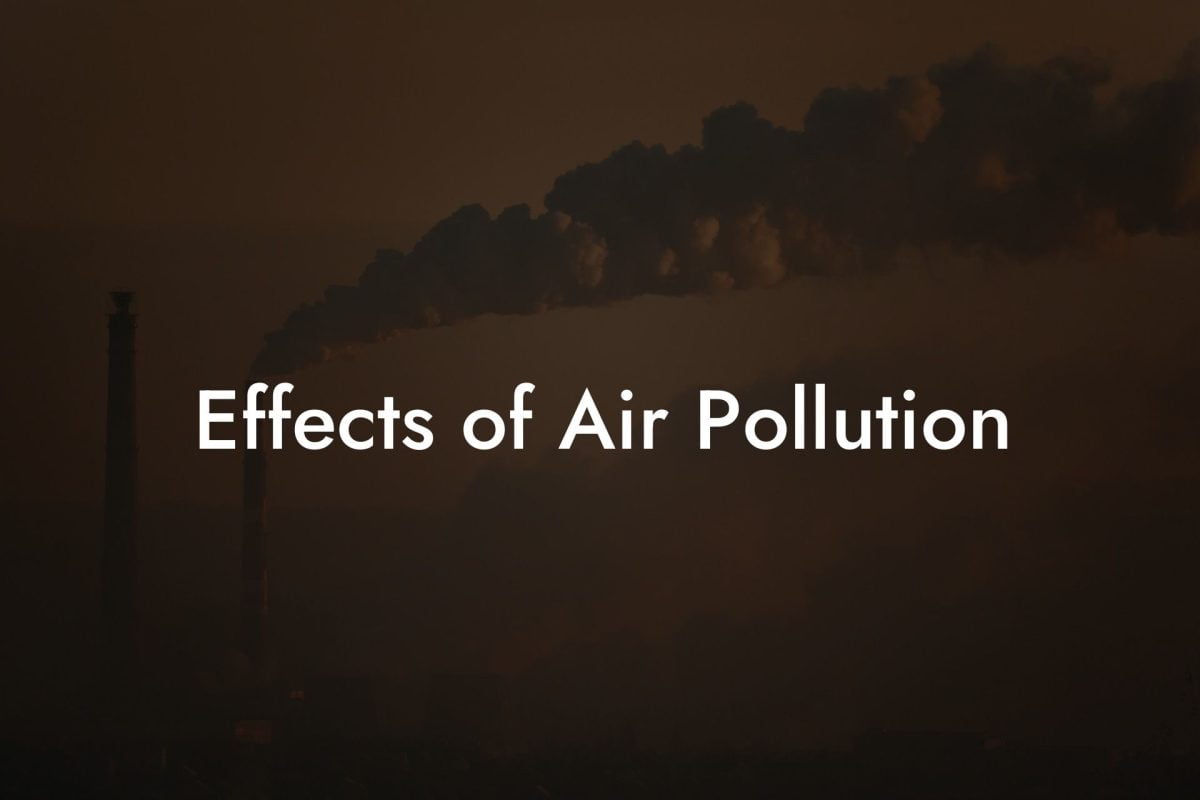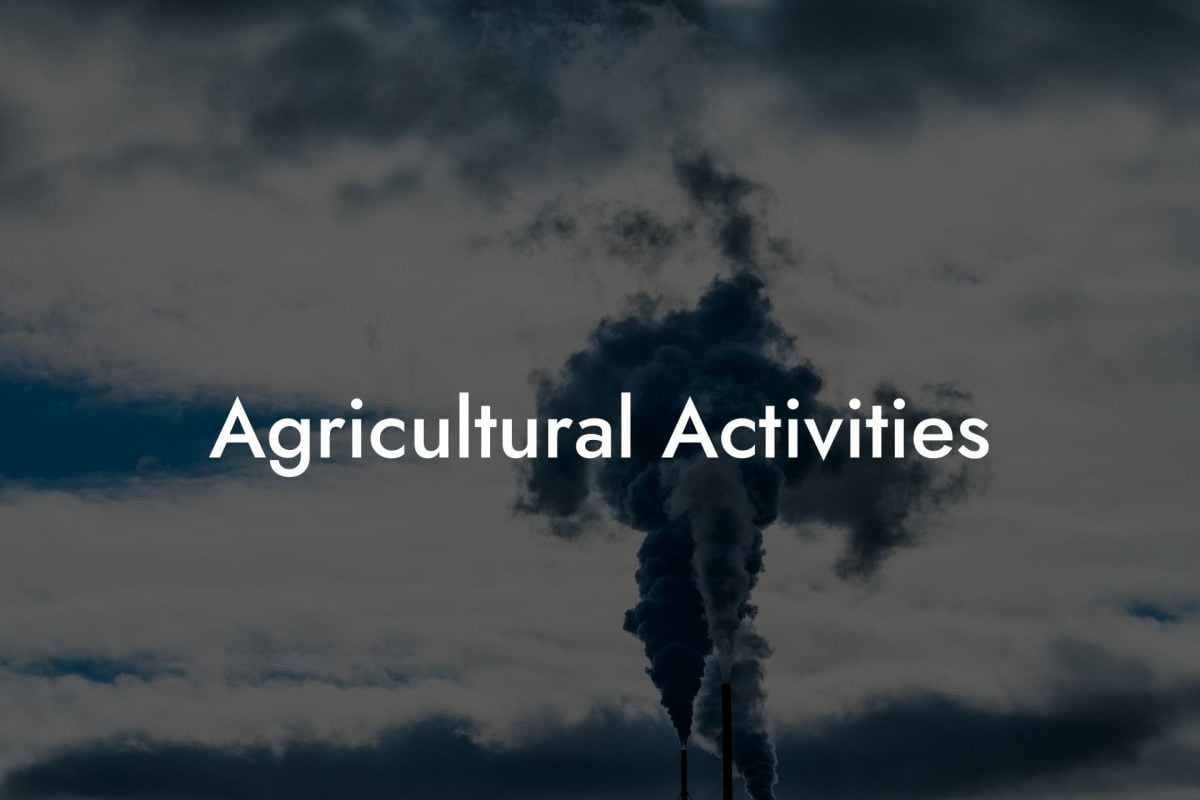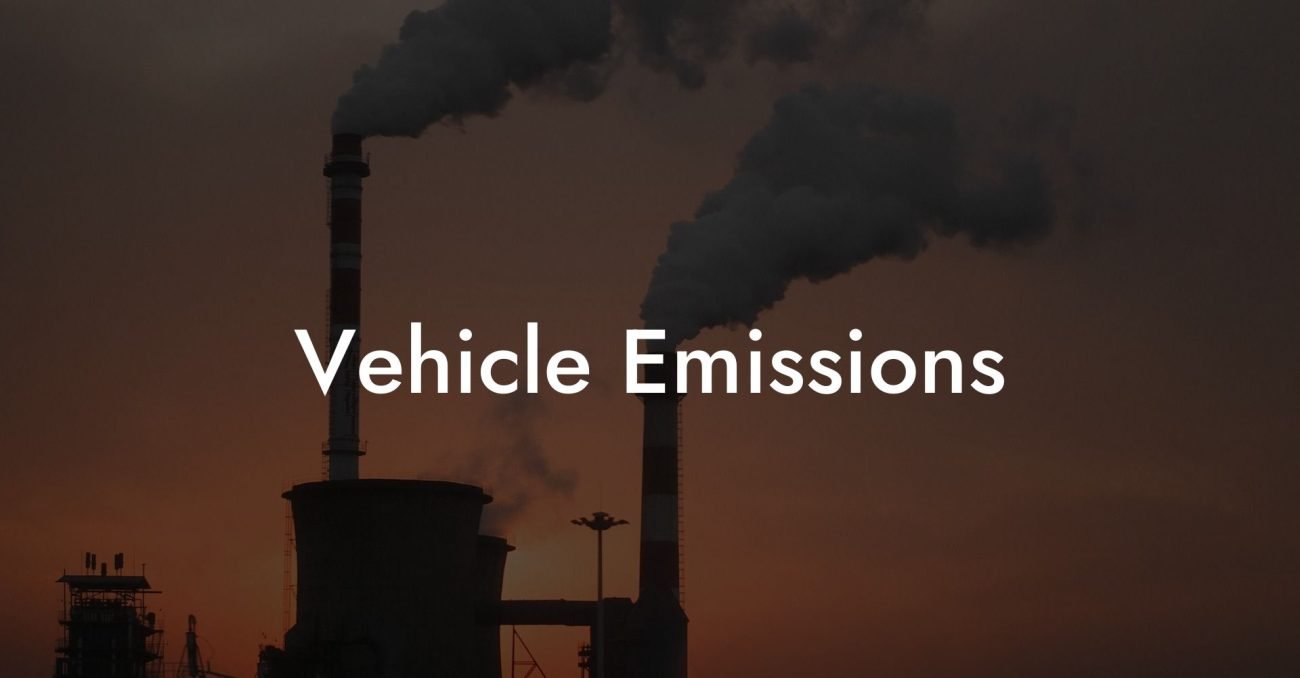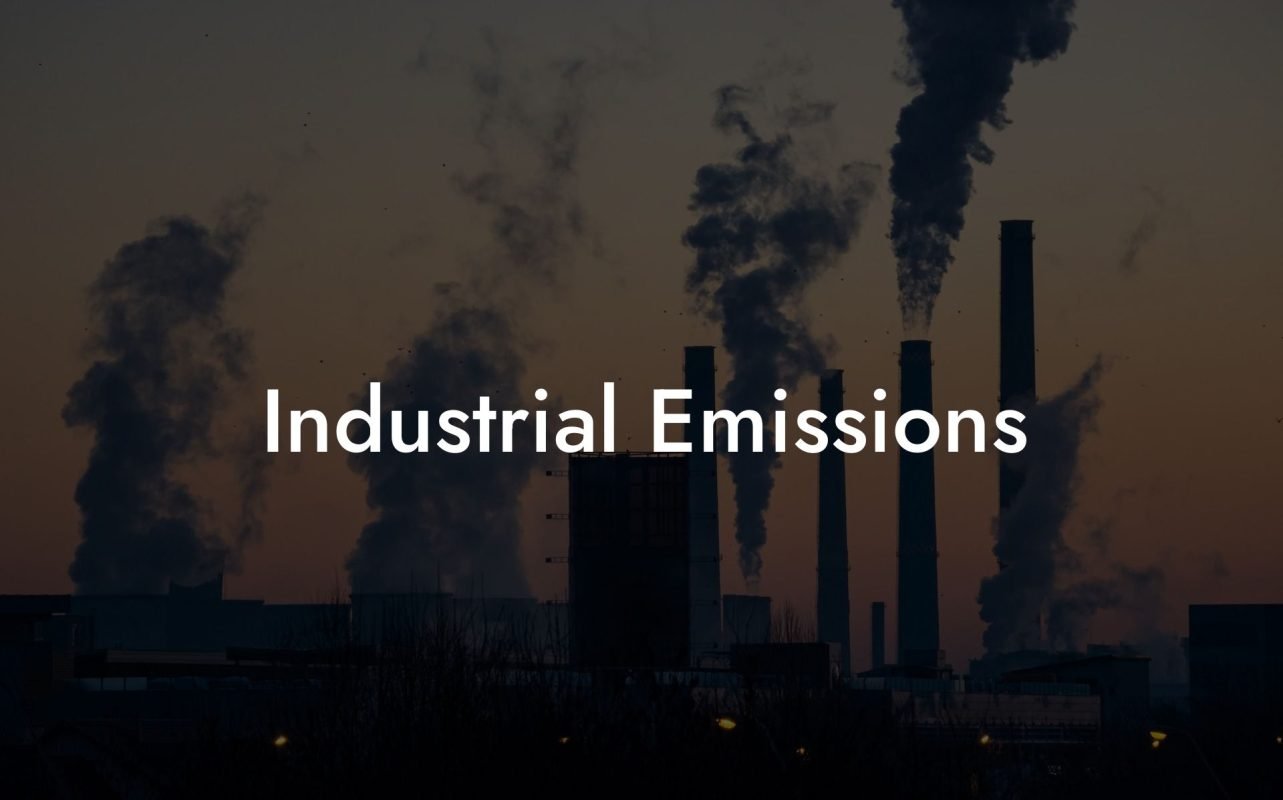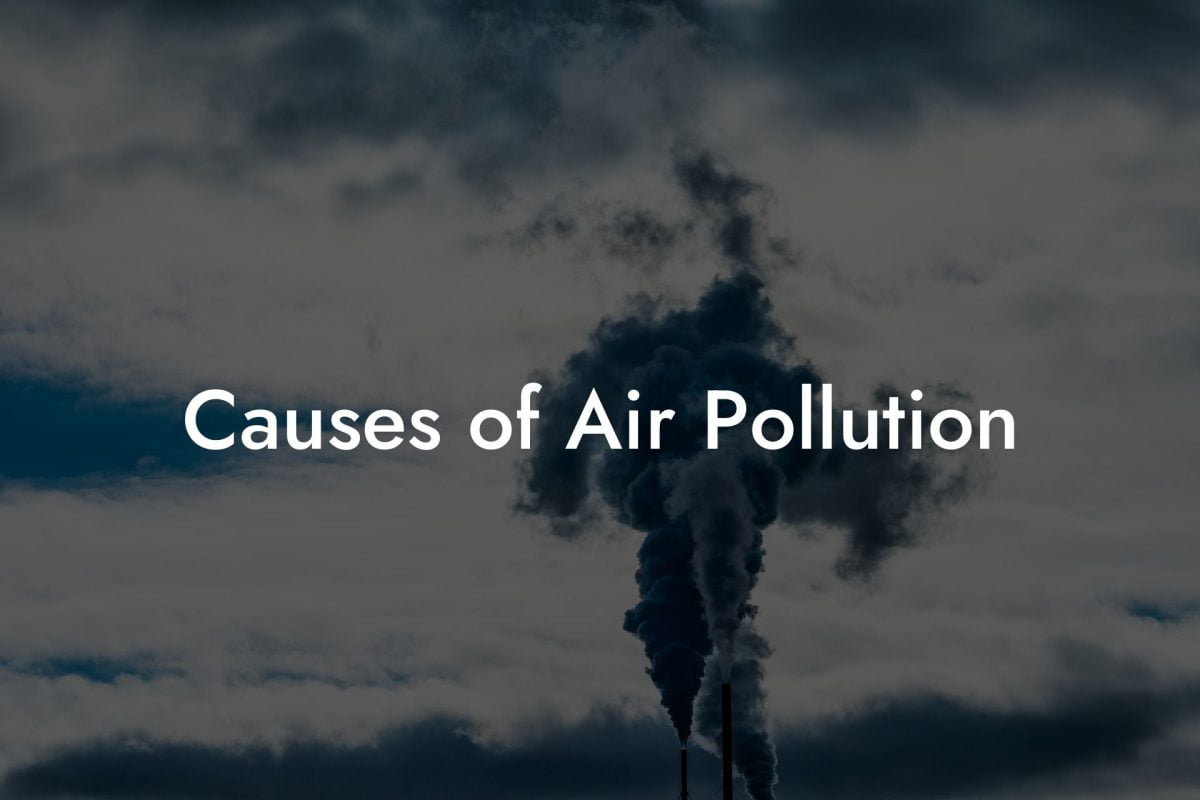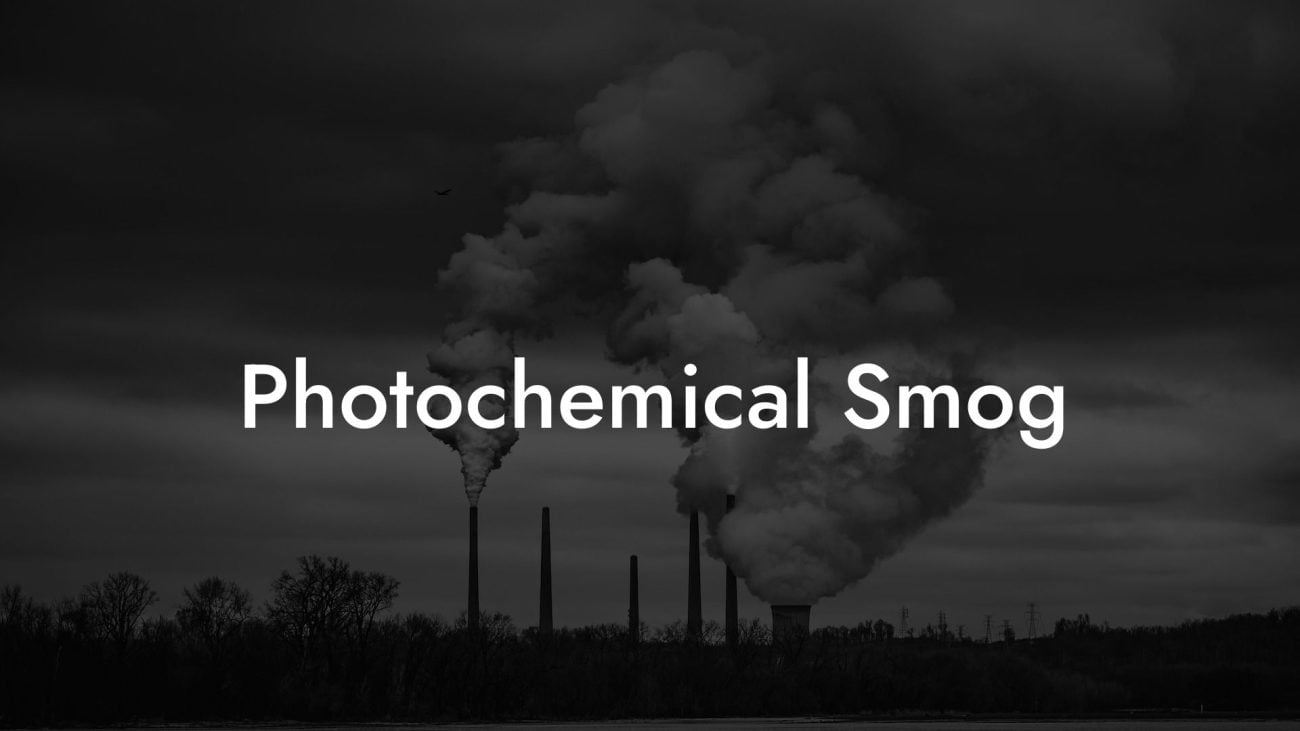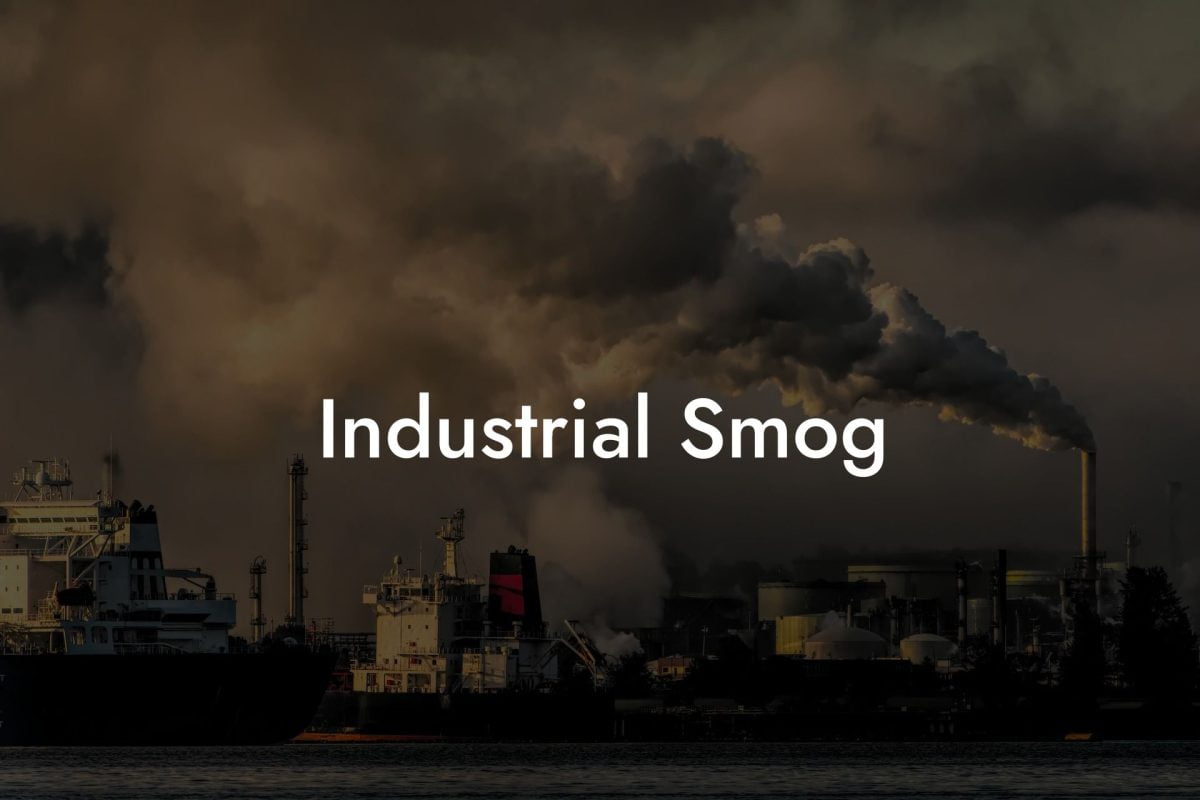Introduction to Carbon Dioxide
Carbon Dioxide (CO2) is a naturally occurring gas and a fundamental component of the Earth's atmosphere. However, human activities have significantly increased its concentration, leading to profound implications for global climate and air quality.
What is Carbon Dioxide?
CO2 is a colorless, odorless gas produced by the combustion of carbon-containing materials and the respiration of living organisms. It is also absorbed and released by the oceans and plants.
Sources of Carbon Dioxide
Fossil Fuel Combustion
The primary source of anthropogenic CO2 emissions is the burning of fossil fuels like coal, oil, and natural gas for energy and transportation.
Deforestation
Deforestation and land use changes contribute to increased CO2 levels, as trees that absorb CO2 are removed.
Industrial Processes
Certain industrial processes, such as cement production, also emit significant amounts of CO2.
The Greenhouse Effect and Climate Change
Role in the Greenhouse Effect
CO2 is a key greenhouse gas, trapping heat in the Earth's atmosphere and contributing to the greenhouse effect and global warming.
Impact on Global Climate
Increased levels of CO2 have been linked to rising global temperatures, melting polar ice, sea-level rise, and extreme weather events.
Health and Environmental Implications
While CO2 itself is not a direct pollutant, its increase can exacerbate the effects of other air pollutants.
Ocean Acidification
The absorption of excess CO2 by the world's oceans is leading to ocean acidification, which harms marine life.
Mitigating CO2 Emissions
Renewable Energy
Transitioning to renewable energy sources like solar, wind, and hydroelectric power can significantly reduce CO2 emissions.
Energy Efficiency
Improving energy efficiency in industries, buildings, and transportation can also help lower CO2 levels.
Reforestation
Planting trees and preserving forests are effective ways to absorb CO2 from the atmosphere.
CO2 levels are continuously monitored globally by various organizations to track changes and inform policy decisions.
International Agreements
Agreements like the Paris Climate Accord aim to limit global temperature rise by reducing CO2 emissions.
The Role of Individuals
Reducing Carbon Footprint
Individual actions, such as using public transport, reducing energy consumption, and recycling, can contribute to lowering CO2 emissions.
UK Air Pollution: Your Comprehensive CO2 Resource
In-Depth CO2 Data
UK Air Pollution offers a thorough database of CO2 data for all locations and postcodes across the UK, making it a vital tool for understanding and addressing CO2-related issues.
Why Choose UK Air Pollution?
Our platform is designed to be engaging, informative, and user-friendly, ideal for researchers, policy-makers, and anyone interested in air quality and climate change.
Empowering Informed Decisions
With UK Air Pollution, gain detailed insights into carbon dioxide trends and impacts, enhancing your research projects, policy development, and environmental initiatives.
Frequently Asked Questions
What is Carbon Dioxide (CO2)?
Carbon dioxide is a colorless and odorless gas that is vital to life on Earth. It's a chemical compound composed of one carbon atom covalently double bonded to two oxygen atoms and is naturally present in Earth's atmosphere.
How is CO2 Produced?
CO2 is produced naturally through processes such as respiration, decomposition, and the ocean-atmosphere exchange. It's also produced by human activities like burning fossil fuels, deforestation, and industrial processes.
Why is CO2 Important?
CO2 is essential for photosynthesis in plants and is a key part of the Earth's carbon cycle. However, excessive CO2 emissions contribute to the greenhouse effect and global warming.
What is the Greenhouse Effect?
The greenhouse effect occurs when CO2 and other greenhouse gases trap heat from the sun in the Earth's atmosphere, which helps to keep the planet warm enough to sustain life.
How Does CO2 Contribute to Climate Change?
CO2 is a significant greenhouse gas. Its increased concentration in the atmosphere, primarily due to human activities, traps more heat and leads to global warming and climate change.
What are the Main Sources of CO2 Emissions?
The primary human-made sources of CO2 emissions are the burning of fossil fuels (coal, natural gas, and oil) for energy and transportation, deforestation, and industrial processes.
How is CO2 Measured in the Atmosphere?
CO2 levels in the atmosphere are measured in parts per million (ppm). This measurement indicates the concentration of CO2 molecules per million air molecules.
What Are Current CO2 Levels in the Atmosphere? As of recent years, atmospheric CO2 levels have exceeded 400 ppm, a significant increase from pre-industrial levels, which were around 280 ppm.
How Does CO2 Affect Ocean Chemistry?
CO2 affects ocean chemistry by dissolving in water and forming carbonic acid, leading to ocean acidification. This can harm marine life, particularly organisms with calcium carbonate shells or skeletons.
Can Plants Absorb Excess CO2?
Plants absorb CO2 during photosynthesis, but the current rate of CO2 emissions exceeds the rate at which plants and the ocean can absorb it, leading to an accumulation in the atmosphere.
What is Carbon Sequestration?
Carbon sequestration is the process of capturing and storing atmospheric CO2. It can be a natural process, like forest growth, or a technological one, like carbon capture and storage (CCS) in geological formations.
How Does Deforestation Affect CO2 Levels?
Deforestation leads to higher CO2 levels by reducing the number of trees that can absorb CO2. Additionally, when trees are burned or decompose, the carbon they store is released back into the atmosphere.
What Role Does CO2 Play in Photosynthesis?
In photosynthesis, plants absorb CO2 from the air, using the carbon to build tissues and releasing oxygen as a byproduct. This process is essential for the growth of plants and for life on Earth.
How Can We Reduce CO2 Emissions?
Reducing CO2 emissions can be achieved by transitioning to renewable energy sources, improving energy efficiency, reforestation, and adopting sustainable agricultural and industrial practices.
What Are the Health Impacts of Increased CO2 Levels?
While CO2 is not directly harmful to human health, the impacts of climate change (like heatwaves and poor air quality) resulting from increased CO2 can have significant health effects.
What is the Role of CO2 in the Carbon Cycle?
CO2 plays a crucial role in the carbon cycle as it circulates among the atmosphere, oceans, soil, plants, and animals. This cycle is essential for maintaining the balance of carbon on Earth.
How Does CO2 Emission Differ Among Countries?
CO2 emissions vary significantly among countries, with industrialized nations generally emitting more CO2 per capita due to higher levels of fossil fuel consumption.
Can Technology Help in Reducing Atmospheric CO2?
Yes, technologies such as carbon capture and storage (CCS), renewable energy sources, and energy-efficient technologies can help reduce the amount of CO2 released into the atmosphere.
What Are Carbon Credits?
Carbon credits are permits that allow the holder to emit a certain amount of CO2. They are used in emissions trading schemes as a part of efforts to reduce greenhouse gas emissions.
How Does Urbanization Affect CO2 Emissions?
Urbanization contributes to increased CO2 emissions through higher energy consumption, transportation, construction activities, and reduced green spaces that absorb CO2.
What is the Future Outlook for CO2 Emissions?
The future of CO2 emissions depends on global efforts to reduce reliance on fossil fuels, enhance energy efficiency, implement carbon capture technologies, and protect natural carbon sinks like forests.


